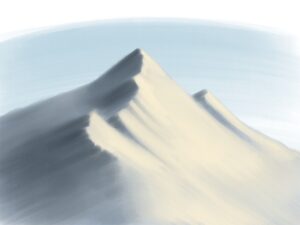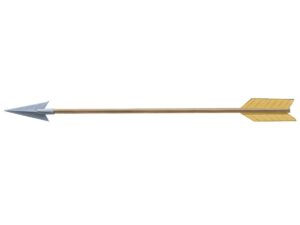How to Paint Grass
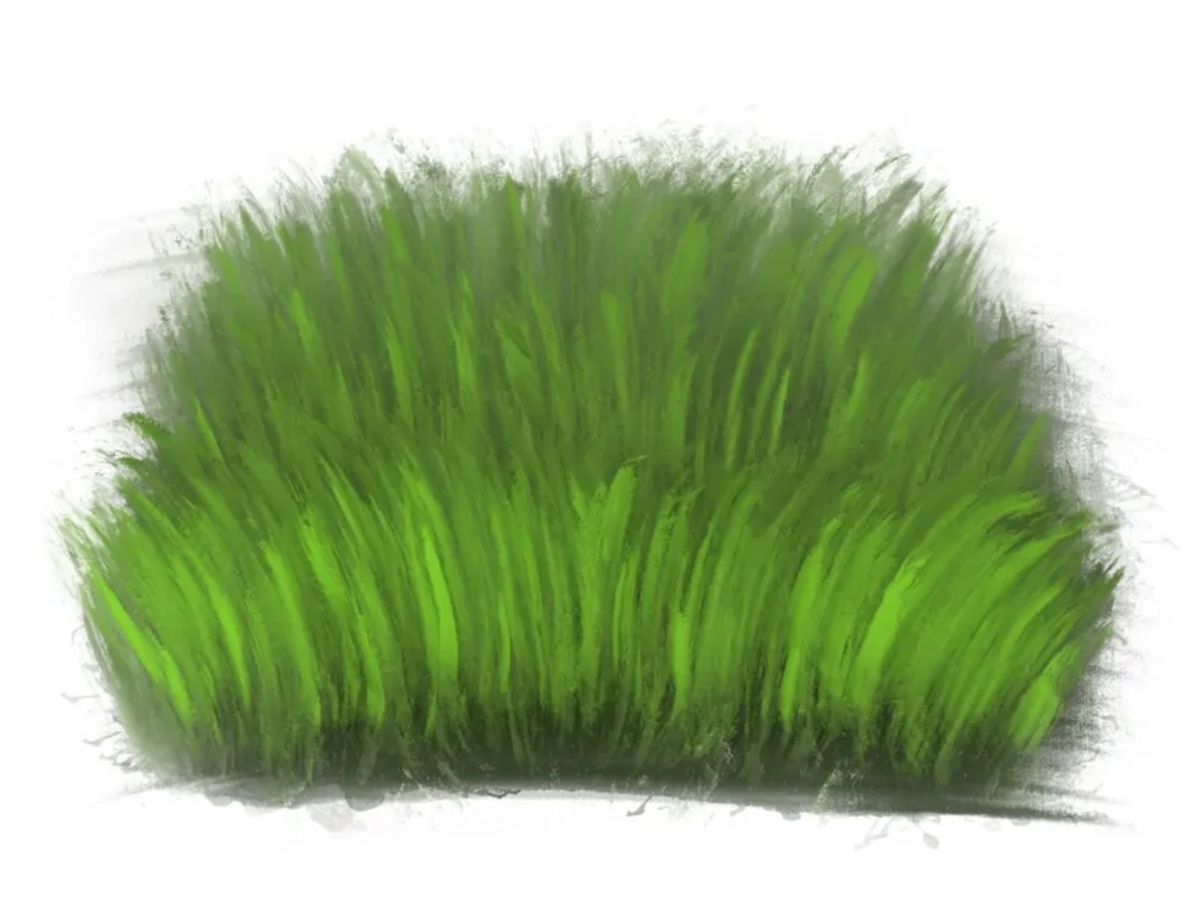
In this art lesson, we will show you how to paint grass using advanced techniques and provide useful tips to help improve your painting skills.
When painting grass, it’s important to understand that grass isn’t a single flat color but a mixture of shades that vary in light, shadow, and detail.
Start by selecting a range of greens, from dark, shadowy greens to lighter, brighter hues for highlights. This will help create dimension and realism in your grass paintings.
You may even want to include slightly yellow or brown tones, depending on the scene you are creating.
Painting in layers is one of the most important things to achieving volume and realism in your grass artworks.
In this tutorial we’ll show you how to begin with a darker base to represent the shadowed areas, then gradually add lighter layers on top.
Each layer of blades will add more dimension, as the darkest colors will recede into the deepest areas while the lighter ones bring out the grass that catches the light.
Shadows and highlights are very important to making the grass feel real. The darkest shades should be used in areas where the grass is most densely packed or where light is blocked, while the brightest greens should be applied sparingly to the tips of the blades where light is strongest.
For a natural and realistic appearance, pay attention to the direction of the grass blades. Grass grows in various directions, so avoid making all your strokes the same. Vary the length and direction of the blades, with some curving slightly to mimic how grass behaves in nature.
Additionally, vary the thickness of the blades – some will be thin and delicate, while others may be thicker and more prominent. These small details contribute to the overall realism and make the grass look more natural.
How to Paint Grass Step-by-Step
Step 1: Paint the base layer
Begin with a dark green base to paint the shadowed foundation of the grass. Use a wide brush and apply the color in smooth, horizontal strokes. This initial layer sets the base of the scene and represents the densest and least illuminated parts of the grass.
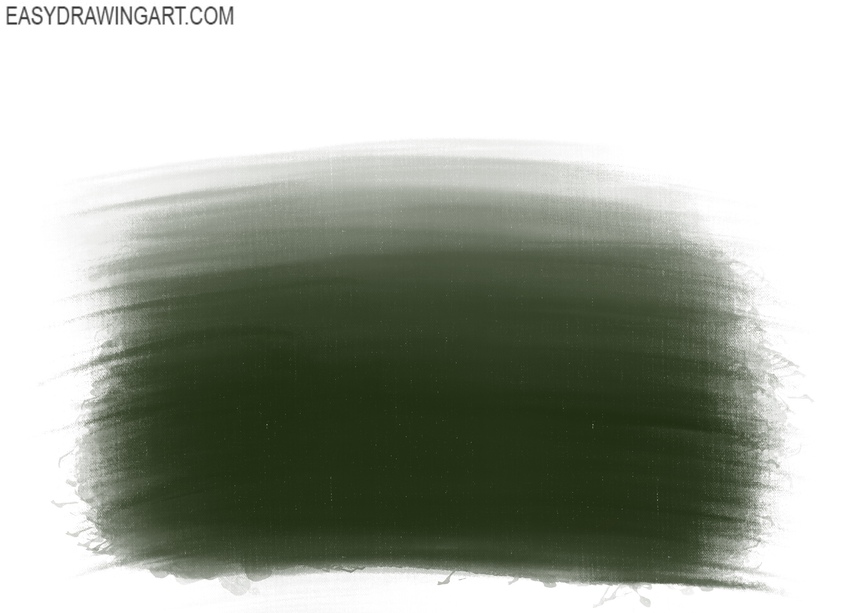
Step 2: Add initial strokes of blades in shadow
When the base dries, begin forming the first visible blades using a medium or dark green. Apply thin vertical strokes with a pointed brush, varying the direction slightly to prevent a uniform look. Paint the areas where the grass remains in shadow. These early strokes should not be overly bright or detailed – they serve as an underlying mid-layer.

Step 3: Increase the density of the blades in shadow
Strengthen the lower and nearer areas by adding more dark blades, concentrating them where the grass appears thicker. Use short, overlapping strokes and vary their length. Make the blades of grass that are closer to us slightly larger and thicker to convey the effect of perspective and volume.

Step 4: Paint grass blades in the light
Introduce lighter green tones to represent blades catching direct light. Use upward strokes that taper at the top. Scatter these strokes unevenly across the surface so the lighting looks natural. These lighter blades should sit above the darker layers.
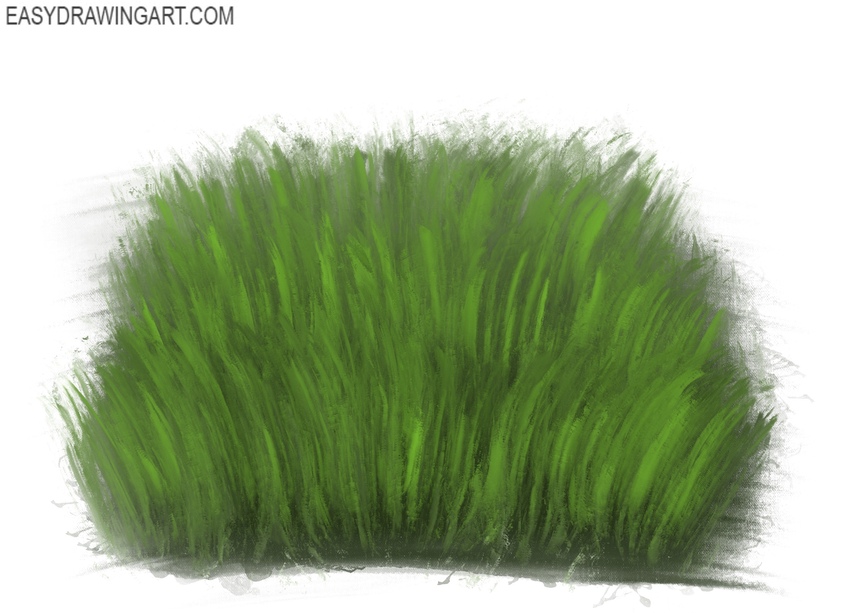
Step 5: Paint highlights on the grass blades
Use a bright yellow-green tone to add highlights to selected blades. Concentrate this color on the upper tips and on the areas that would logically receive the strongest illumination. These highlights should be used sparingly. Vary the brightness and length of your strokes so the highlight layer feels subtle and natural.
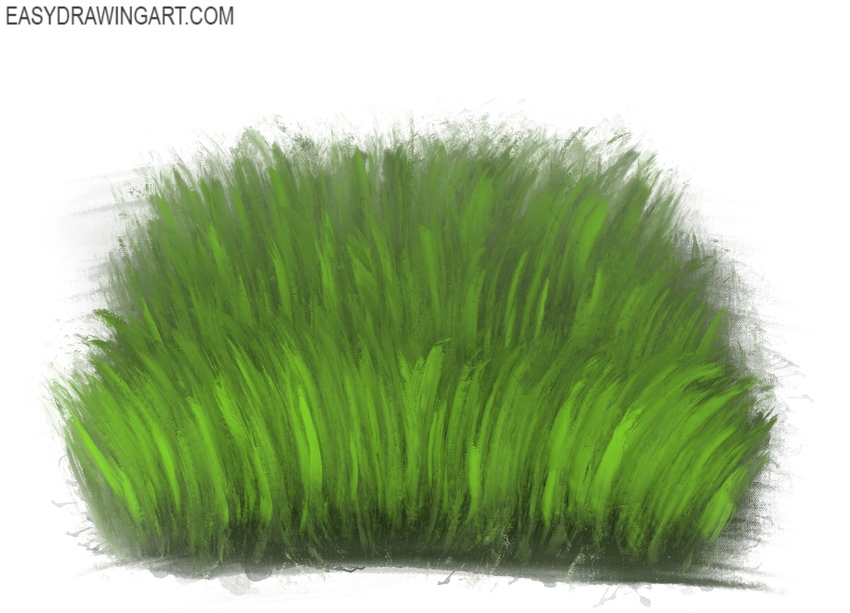
After completing the grass painting, you can choose to add more details to make the scene look more natural.
This can include finer touches like individual blades or areas where the grass appears uneven or shorter. You could also add small elements such as stones, dirt patches, or bent grass to reflect natural variation.
If you want to make the scene even more interesting and unique, you might include simple elements. For example, you can paint flowers or small plants. Also, you can draw butterflies above the grass.
These additions can help complete the overall look. You could also consider adjusting the lighting effects, such as adding dew to the grass blades.
To make the grass painting look more interesting, you can paint a sunset with a smooth and beautiful color palette, where the tones shift slightly.
These small changes can help make the painting more complete, depending on the level of detail you’d like to achieve.



